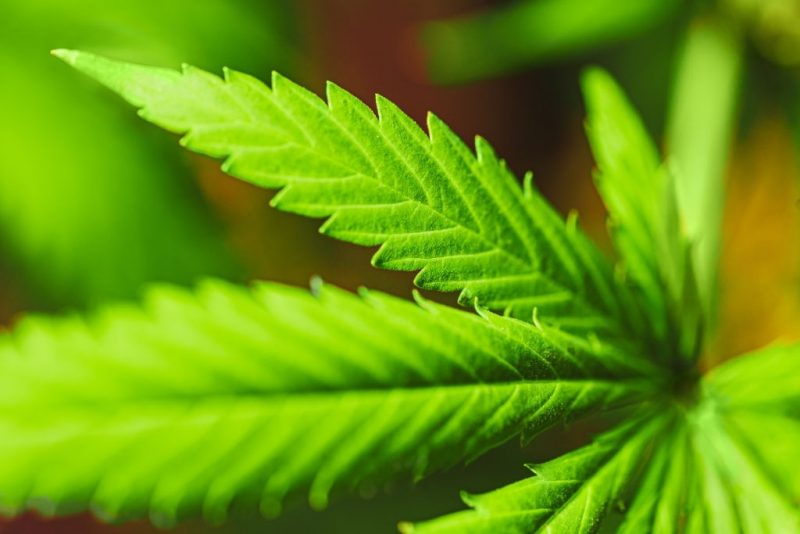🔥 Website for Sale - Contact Us
Fan leaves play an essential role in the overall health and development of cannabis plants. Big fan leaves are a good sign for many reasons but photosynthesis is the most important. Fan leaves act as mini solar panels for the cannabis plant during the daytime and allows the plant to convert and store sunlight into growth energy.
While fan leaves have different responsibility roles during each life cycle of the cannabis plant, healthy-sized leaves are critical for a quality harvest.
Are big fan leaves a good sign or should they be removed?
While trimming is essential to get rid of unused plant growth that does not contribute to flower development, big fan leaves are typically a good sign and should be left to help with flower development. In a perfect ecosystem, the cannabis plants use their fan leaves as an internal cooling system similar to a car radiator.
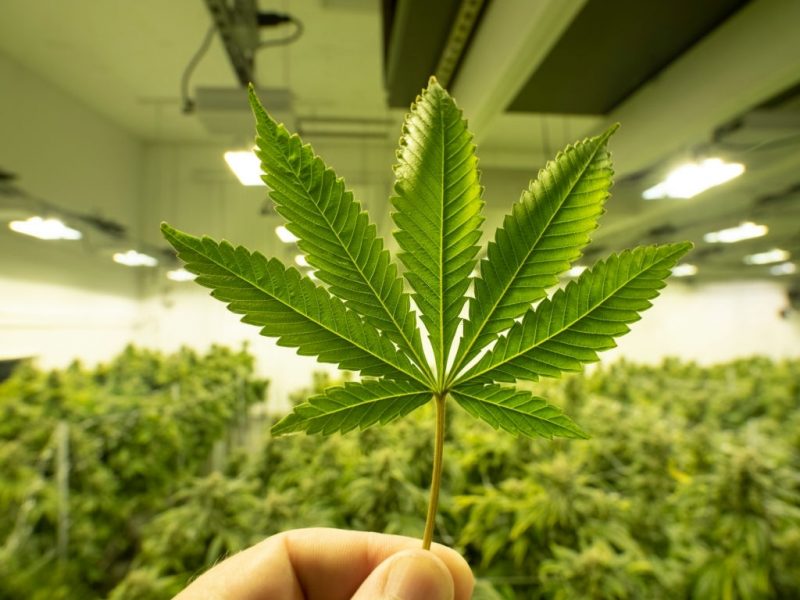
Tiny spores on fan leaves called “stomata” allow plants to breathe and absorb nutrients and moisture from the air. During photosynthesis, plants absorb carbon dioxide and release oxygen back into the environment allowing the plant to alter its atmosphere composition to make it more favorable for their offspring. While changing a planet’s atmospheric composition can take millions of years, a small grow tent can experience drastic changes in mere weeks.
During photosynthesis, plants create life-supporting gases for animal life, but that changes during nighttime. Once light disappears during nighttime, plants use atmosphere gases similarly to humans when it comes the breathing. Once photosynthesis stops, plants begin to absorb oxygen and releases carbon dioxide back into the air. This process is called transpiration and its effectiveness is entirely dependent on atmospheric climate and the size of the fan leaves.
Typically, big fan leaves are a good sign because they are more efficient in both transpiration and photosynthesis than smaller leaves. While transpiration is the reason why plants play such an important role in the sustainability of life on earth, it is not always a welcome process, especially when it comes to humidity control inside a grow tent.
Larger fan leaves produce more carbon dioxide and water vapor in the form of transpiration and ultimately raise the relative humidity in a grow tent. “Relative humidity” is the idea that warmer atmospheric temperatures can hold more water vapor than cooler air. Carbon dioxide is one of the biggest contributors to rising temperatures in grow spaces, which in return increases the amount of moisture in the air.
While cannabis plants are most at home in relatively high temperatures and humidity, excessive prolonged levels can cause all sorts of problems and even destroy the entire crop. Removing lower branches with big fan leaves during the vegetation and flowering stage is essential to lower temperature and humidity in a grow tent because large fan leaves are the biggest carbon dioxide producers.
What are the different types of cannabis leaves?
Every cannabis plant has two types of leaves that are referred to as fan leave and sugar leaves. While fan leaves are mainly responsible for plant growth, sugar leaves are much tastier when it comes to therapeutic value.
Fan Leaves are large leaves that grow from the plant branches and are commonly associated with the cannabis plant pop culture.
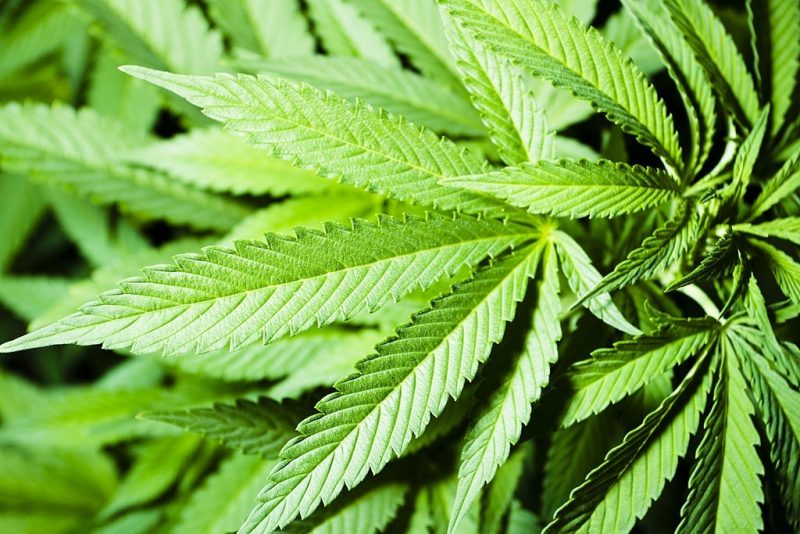
While fan leaves are essential to flower development, they are practically worthless when it comes to therapeutic value. Fan leaves grow almost no trichomes or cannabinoids and contain nearly no THC inside the leave themselves.
Although fan leave will not get you high when smoked, it does have tremendous nutritional value when eaten raw. Typically, cannabis cultivators use fan leave trim for either compost for the next growth cycle or liquify the leaves to drink as a healthy juice. Research suggests that raw cannabis can be thought of as a regular vegetable on the kitchen table.
Sugar Leaves are small leaves that grow out of flowers and look like they are covered in sugar crystals.
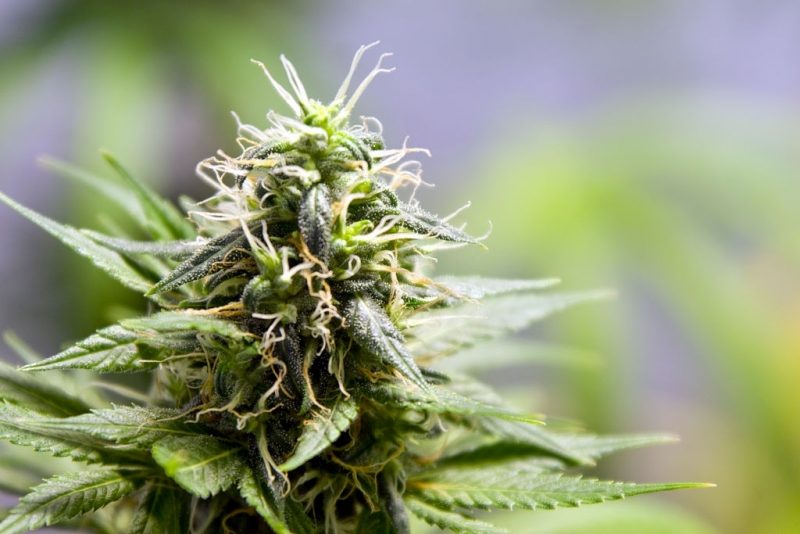
During the late flowering stage, these leaves develop a high concentration of trichomes that contain high levels of THC. While smoking sugar leaves will get you high just like the flower buds when smoked, they are better suited to make edibles because they can be harsh on the lungs.
Because they contain high therapeutic levels, cultivators typically trim off these sugar leaves during harvest and use them to make potent marijuana editable.
Difference between cannabis strain fan leaves. Indica, Sativa, and Ruderalis
While Indica, Sativa, and Ruderalis strains are all from the cannabis species, their shape and size are entirely different from each other. The same applies to their fan leaves.
Indica fan leaves are typically wide and short and typically grow 7-9 leaf fingers. While Indica plants tend to be small once matured, their leaves can be surprisingly large.
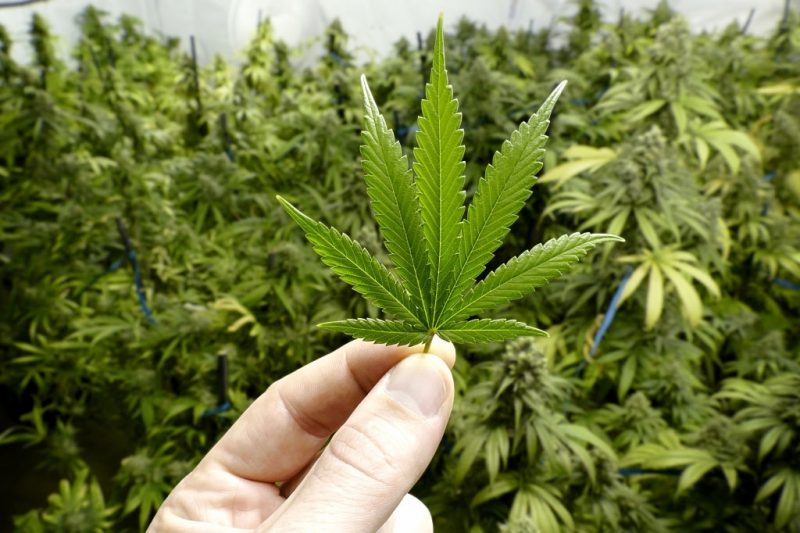
Sativa fan leaves are much larger than Indica. Typically they develop about 7 fingers which are thinner and longer than Indica leaves. Sativa plants, in general, grow much taller than Indica and can reach heights of about 3m which makes them difficult to handle in an average grow tent.
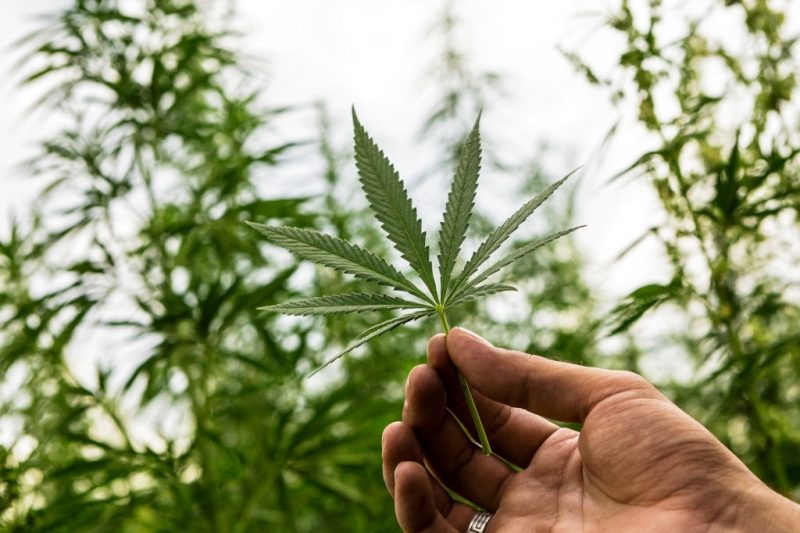
Ruderalis fan leaves are the most unique compared to the other two strains. Typically their leaves feature only five fingers with the top three being long and wide, whereas the bottom two are smaller. Ruderalis strains originated in Russia which helped to evolve a unique flowering mutation referred to as auto-flowering. These plants are much smaller than both Indica and Sativa and grow no more than 30–60cm in height making them perfect for indoor cultivation.
While Ruderalis plants yield potent flowers they are rarely grown as pure blood. Typically growers cross-breed Ruderalis to transfer the auto-flowering genetics to Indica or Sativa strain to speed up harvest turnaround time.
Defoliation, pruning your big fan leaves
Pruning cannabis during vegetation right up until the early flowering stage is critical to help control indoor climate teach the plant to focus on growing better buds.
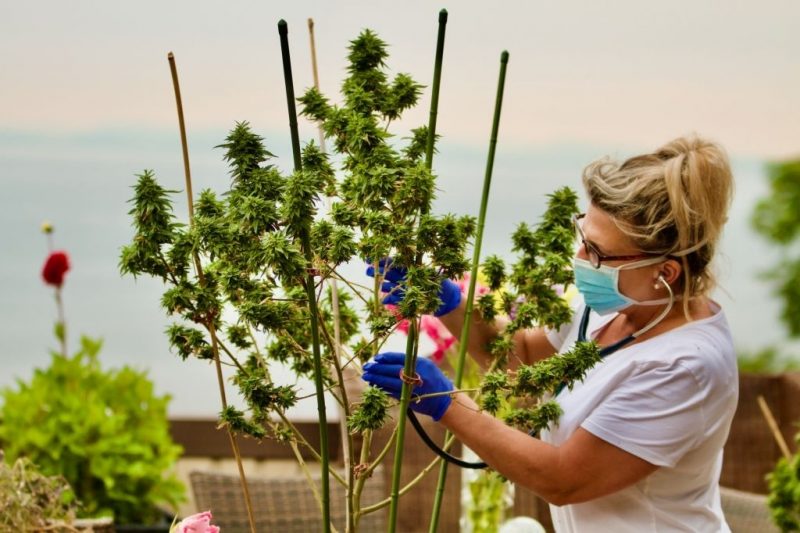
Typically pruning is not essential when growing cannabis outdoors because of the reduced risk of developing diseases like mildew, however, it can still be tremendously beneficial to flower development. On the other hand, growing cannabis indoors can be a bit more tricky but at the same time yield better results because of the control the grower has over the climate.
Defoliating your indoor ladies helps plant growth and reduces the risk of mildew formation which can ultimately destroy the entire crop because of bud rot. It is a good idea to remove big fan leaves on lower branches because it can open up space from proper ventilation which also helps to avoid bud rot or other diseases. While plant defoliation may seem to help with many critical plant health factors, they all essentially support one grand notion that essentially helps to control temperature and humidity in a grow room.
The relative humidity in a grow room is the most powerful tool available to cultivators used to estimate the future health and quality of flower products. While a big fan leaves a good sign, to many at the wrong location is not.

